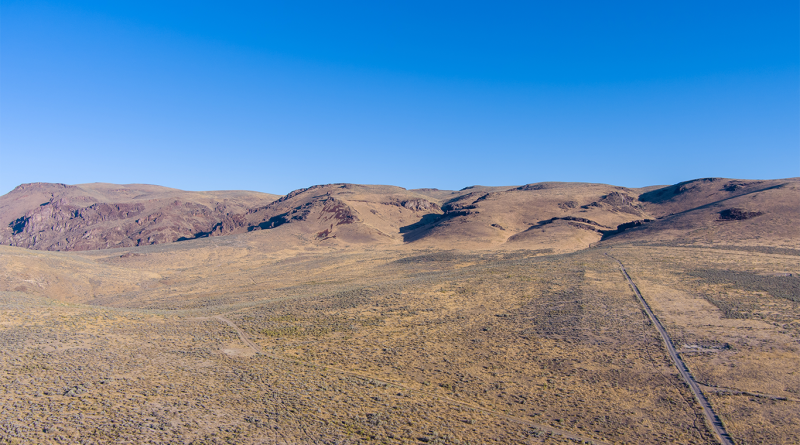The Cost of Lithium: Federal Support Fuels Industry, Stresses Water Resources
The recent surge in US lithium mining, fueled by the Inflation Reduction Act (IRA) and Bipartisan Infrastructure Law (BIL), is part of a national push toward clean energy. Lithium, vital for batteries used in electric vehicles (EVs) and energy storage, has seen unprecedented investment. However, concerns about water consumption, especially in arid regions, are mounting as lithium extraction increases.
The US government’s investment in lithium production has hit historic levels, with billions funnelled into domestic mining initiatives through the IRA and BIL. Projects like the Thacker Pass mine in Nevada, home to one of the largest lithium deposits in the world, are advancing rapidly. This effort aims to reduce reliance on foreign suppliers, particularly China. While economic benefits like job creation and increased competitiveness are clear, the environmental impacts—especially water consumption—present serious challenges.
The Water-Intensive Nature of Lithium Extraction
Lithium extraction methods vary, but each is resource-intensive. Brine extraction, common in arid US regions, involves pumping vast amounts of groundwater into evaporation ponds. Hard rock mining, another popular method, also consumes significant water resources. This increased water use threatens not only ecosystems but also the availability of groundwater for agriculture and local communities. The conflict between clean energy growth and environmental sustainability is a growing concern.
The environmental impact of lithium mining has led to community resistance, especially in regions where water resources are already stretched thin. Beyond water depletion, lithium extraction can disrupt local wildlife habitats and lead to pollution. Thacker Pass, a major lithium project, has faced lawsuits and protests. Legal challenges often cite insufficient environmental reviews. These delays highlight the tension between economic ambitions and environmental preservation.
Regulatory Gaps and the Need for Stronger Oversight
The rapid expansion of the lithium mining industry reveals a gap in regulatory oversight. Many mining companies rely on voluntary environmental practices rather than legally binding standards. Advocacy groups are pressing for stricter environmental regulations to ensure that water conservation and ecological protection are prioritized. Without more comprehensive federal guidelines, the balance between supporting the US lithium supply chain and protecting natural resources will remain precarious.
As lithium demand grows, innovations in mining techniques are essential to reducing environmental harm. Some companies are exploring closed-loop water systems and less resource-intensive extraction methods, but progress is slow. The industry must adopt sustainable practices to ensure that the clean energy transition does not compromise the very environment it seeks to protect.
Collaboration between policymakers, mining companies, and environmental groups will be crucial to balancing lithium production with water conservation. Stronger regulations, technological advancements, and sustainable practices will determine whether the US can meet its clean energy goals without jeopardizing vital natural resources. As lithium mining ramps up, the need for responsible water management will only grow more urgent.
Sources:
